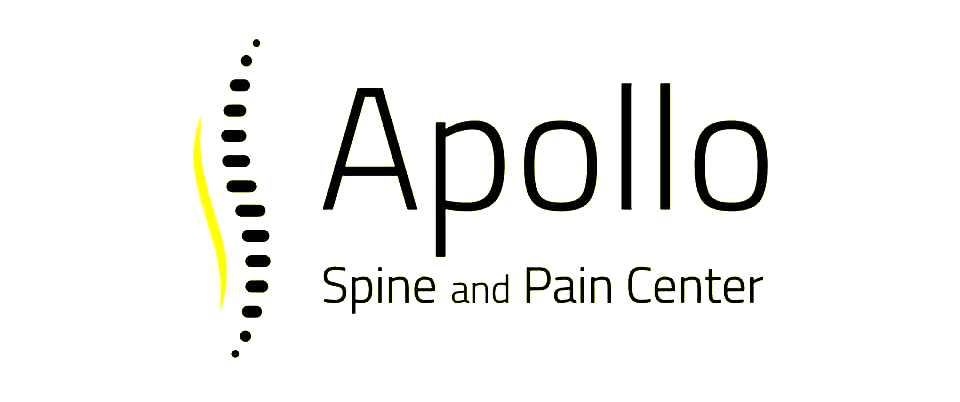Easing Migraine Pain with Medication Management
Migraines are more than just a headache. They bring intense pain, often accompanied by nausea, sensitivity to light, and other debilitating symptoms. This condition can disrupt daily life and make even simple tasks challenging. Understanding migraines and how they affect your body is the first step towards gaining control.
Medication management plays an important role in providing relief for migraine sufferers. Finding the right combination of medications can help reduce the frequency and intensity of migraines, allowing sufferers to enjoy a more normal and productive life. It's essential to learn about the various treatment options and how they can be tailored to individual needs.
By exploring different medication management strategies, individuals can discover effective ways to minimize migraine pain. This article aims to provide insights into managing migraines with a focus on personalized care. Whether you've been dealing with migraines for years or have only recently started experiencing them, there are solutions that can help ease your pain and improve your quality of life.
Understanding Migraine Triggers and Symptoms
Knowing your migraine triggers and symptoms is crucial for managing this condition effectively. Triggers are the factors that can start a migraine, and they vary from person to person. Common triggers include:
- Stress: Emotional stress can trigger migraines. Finding ways to manage stress can help reduce occurrences.
- Diet: Certain foods, like chocolate, cheese, or alcohol, might trigger migraines. Keeping a food diary can help identify these foods.
- Sleep Patterns: Too much or too little sleep can be a trigger. Maintaining a regular sleep routine is important.
- Environmental Factors: Bright lights, loud noises, or strong smells can sometimes start a migraine.
Symptoms of migraines often include throbbing pain on one side of the head, nausea, and vomiting. Visual disturbances, like seeing flashes of light, can also occur before a migraine begins. These symptoms can last from a few hours to several days, impacting daily activities.
Recognizing these triggers and symptoms can provide insight into when a migraine may occur, allowing individuals to take preventive measures. Understanding this aspect of migraines empowers sufferers to make changes that can lessen the effects of the condition, helping to reduce its impact on their lives.
The Role of Medication Management in Migraine Relief
Medication management plays a vital role in providing relief from migraine pain. It involves the use of various medications to prevent and treat migraines effectively. This approach is tailored to each individual, considering their specific needs and migraine patterns.
Goals of Medication Management:
- Prevention: Some medications are used regularly to prevent migraines from occurring. These are especially helpful for people with frequent migraines.
- Acute Treatment: When a migraine strikes, certain drugs can help reduce its intensity and duration.
Types of medication include over-the-counter pain relievers, prescription drugs, and preventive medications. Triptans are a common type used to treat acute migraines. Beta-blockers and antidepressants are often used for prevention.
To succeed in medication management, it's essential to work closely with healthcare providers. They help determine which medications are appropriate based on symptoms and medical history. This collaborative approach ensures treatments are safe and effective.
By focusing on medication management, individuals with migraines can achieve better control over their condition. This allows them to minimize pain and enjoy a higher quality of life.
Types of Medications for Migraine Treatment
Migraine relief often involves a variety of medications, each chosen based on the specific needs and symptoms of the individual. Understanding these medications can help you make informed decisions about your treatment plan.
1. Over-the-Counter Pain Relievers: These are often the first line of defense against migraines. Medications like ibuprofen, aspirin, or acetaminophen can help ease mild migraine pain. They are most effective when taken at the first sign of an attack.
2. Triptans: Triptans are prescription medications specifically designed to treat migraines. They work by balancing chemicals in the brain and can be quite effective in relieving pain and other migraine symptoms quickly.
3. Ergotamines: These are another class of medications prescribed when triptans are not suitable or effective. They help by narrowing the blood vessels around the brain, countering the effects of a migraine.
4. Anti-Nausea Drugs: Since nausea is a common symptom of migraines, doctors often prescribe medications like metoclopramide to relieve this discomfort.
5. Preventive Medications: For those with frequent or severe migraines, preventive medication might be recommended. These can include beta-blockers, antidepressants, or anti-seizure drugs that reduce the frequency and intensity of attacks.
Each person's response to migraine medication varies. It is essential to work closely with your healthcare provider to determine which option is best suited for you, factoring in the frequency of your migraines and any other health considerations.
Strategies for Effective Medication Management
Managing migraine medication effectively is crucial to minimizing their impact on daily life. Following these strategies can help ensure you're getting the most from your treatment plan.
- Track Your Symptoms: Keep a migraine diary to record when migraines happen, possible triggers, and how effective each medication is. This information can help your doctor adjust your treatment plan as needed.
- Stick to a Schedule: Take medications at the same time every day, or as soon as symptoms begin. Consistency helps keep symptoms in check and enhances medication effectiveness.
- Avoid Overuse: Taking medication too frequently can lead to rebound headaches. Follow the prescribed dosage and only use medication when necessary.
- Monitor Side Effects: Keep an eye on any side effects you experience and report them to your doctor. Adjustments may be needed to reduce unwanted effects.
- Lifestyle Support: Combine medication with lifestyle changes like stress management, regular exercise, and a balanced diet for better results.
- Medication Check: Regularly review all your medications with your healthcare provider to ensure they are still the best choice for your needs.
These strategies can significantly improve the quality of life for those living with migraines. By taking an organized approach, you can better manage headaches and reduce their intrusion.
Conclusion
Managing migraines effectively is vital for maintaining a quality life. Understanding your triggers, learning about the available medications, and implementing management strategies all play a role in reducing migraine frequency and severity. Staying proactive and informed about your condition empowers you to handle these debilitating headaches better.
For those seeking comprehensive migraine care, the team at Apollo Spine and Pain Center offers personalized treatment plans to help manage your symptoms effectively. Our specialists are ready to guide you through medication management and other innovative treatments to ease your pain and improve daily functioning. Schedule an appointment today to start your journey toward
pain management in Cumming, GA.












